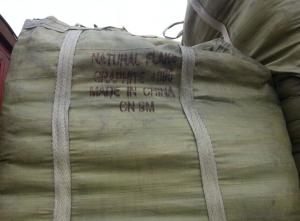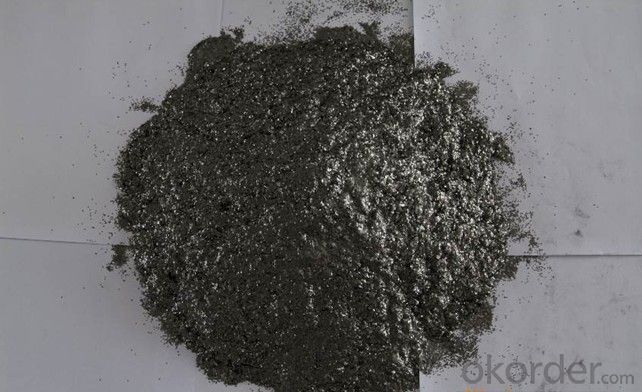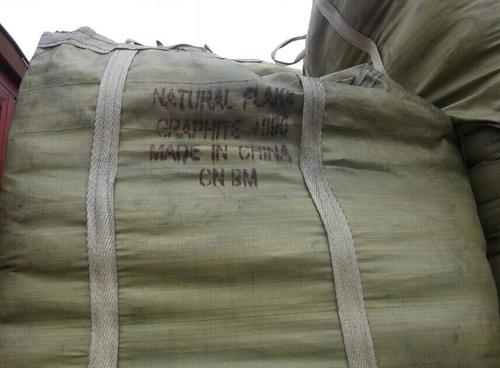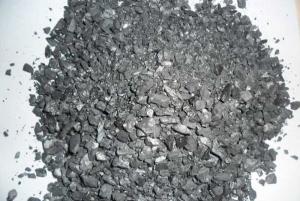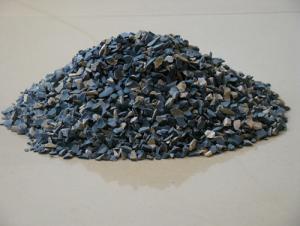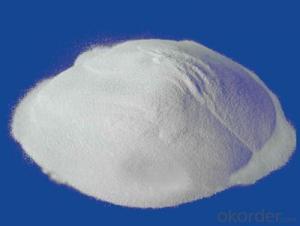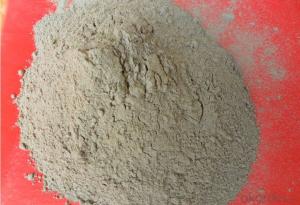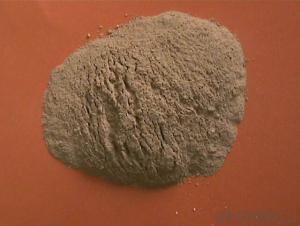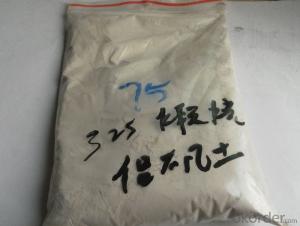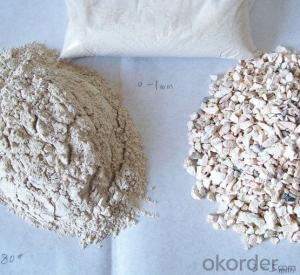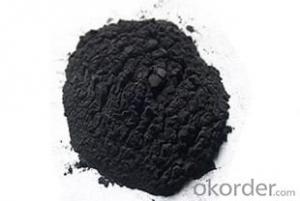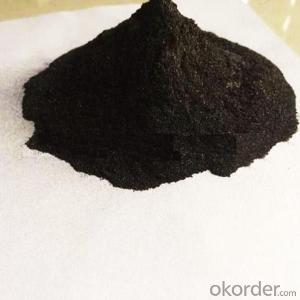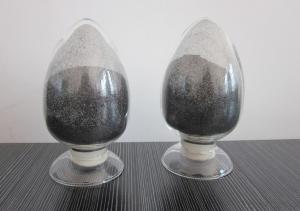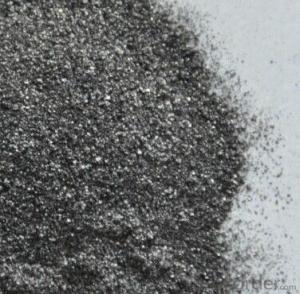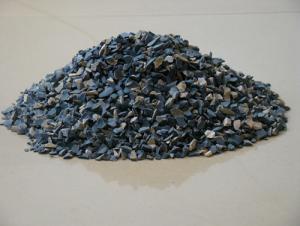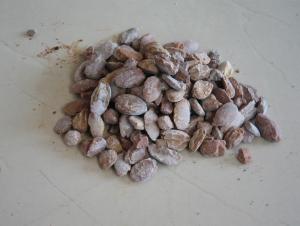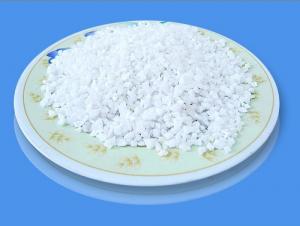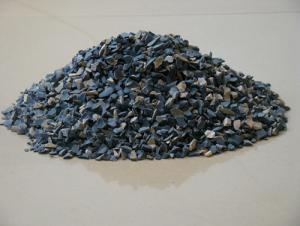Raw Materials for Refractory - Natural Flake Graphite NFG
- Loading Port:
- Tianjin
- Payment Terms:
- TT OR LC
- Min Order Qty:
- 0 m.t.
- Supply Capability:
- 20000 m.t./month
OKorder Service Pledge
OKorder Financial Service
You Might Also Like
Natural Flake Graphite For Refractory NFG
Natural flake graphite powder
1.carbon content:80%-95%
2.Size: -200mesh, -300mesh,-100mesh or according to customers requirement
package
25kg bag
Advantage
Perfect crystallization,thin flake,good flexibility,excellent chemical and physical properties,superior conductivity,self-lubricity and resistance to temperature,corrosion and hot shock,and much more.
Usage
Crystalline flake graphite is widely used as an essential nonmetallic mineral in almost all industries. It can be used as high-quality refractory material or coatings in metallurgical industry, black lead.
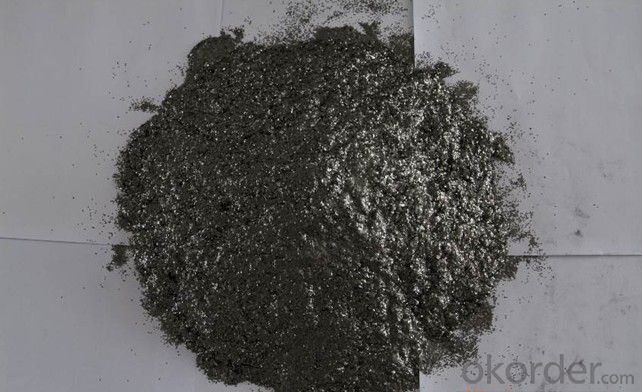
- Q: What is the main constituent of refractory brick?
- Primarily magnesium oxide and sodium silicate as binder.
- Q: what's the varieties of fire-proof?sealing?material?
- Fire blocking material currently on the market include: fire stopping board, foam blocking material, flame resisting module, fire-resisting sealant, flexible organic caulking, WXY-II and fire retardant bag, etc. fire-proof?sealing?material is widely used in building construction and can ensure high-temperature flame and smoke from fires not spread to another fire?compartment, different buildings generally use different sealing methods. Pipeline is generaly sealed by pouring concrete board or mortar.
- Q: What the fireproofing materialare of the refractory kettle and where they can be sold?
- Many places sell these. Nearly 10 years, can't brun when it is dry, adsorption. You can also baidu these materials. Heat transfer evenly, feldspar, clay and other raw materials with a ceramic products. Traditional casserole can not resist heat difference and also can withstand for 100 high temperature without crack. Aiming at the problem of traditional casserole, easy to crack and air permeability, people joined the spodumene on raw material, produce a high-temperature resistance casserole. It is produced after the high temperature burning makes an earthenware pot to keep the original advantages. Hebei has many places to sell these materials and is also relatively cheaper. The traditional casserole has features of not easy to transfer heat's quartz and slow cooling. Due to production technology and raw materials, it greatly improves the casserole' practicability after research and improvement.
- Q: What are the applications of refractory?
- Refractory usually refers to the inorganic non-metallic material, whose refractoriness is above 1580℃. And it can be used for necessary parts. You can search more information on the Internet. It can be used in ferrous metal metallurgy, chemical, ceramics and so on. Fire material generally refers to above 1580 ℃ refractoriness of inorganic material, where the material can be used in corrosion, the network is very strong look, we know that colored when the metallurgical, chemical-resistant ceramics, etc. of industrial production high temperature. Different things are needed in different industries.
- Q: What kind of materials can be tested their electrical resistivity in the current refractory industry?
- fused cast bricks, fused zirconia corundum blocks, corundum, high zirconium
- Q: What are the application of old refractory bricks?
- It can be used for refractory bricks again, as long as the quality is good. It is much more cost-effective than Bayerite.
- Q: What are the differences between first-level fire-resistant materials and second-level fire-resistant materials?
- The combustion performance of materials could be divided into: A( noninflammability), B1(flame retardancy), B2(flammability), B3(inflammability). Building materials are divided into four ranks according to these properties. 1. In accordance with Code for Design of Building Fire Protection(GBJ16-1987)(revised edition in 2001), fire hazards in producing and storage can be divided into five types. In Fire Prevention Code of Petrol Chemical Enterprise Design(GB50160--1992)(revised edition in 1999), classification of fire hazards is also achieved according to the hazards of materials that have been using, producing and storing. Measures in prevention of fire explosion could be taken from the perspectives of fire separation, fire resistance level of structures, allowable floors, safe evacuation, and fire extinguishing facilities based on different levels of fire hazards. 2. Four fire resistance rating of buildings are listed in the book Code for Design of Building Fire Protection. And specific stipulations are made to the fire resistance of main elements of buildings, such as bearing walls, beams,pillars, and floors. When designing a building, if permitted, refractory materials of high-rank should be adopted in those buildings which have high potential fire hazard and a lot of combustible material and valuable equipment. While making sure fire resistance rating, the duration of fire resistance of each elements should meet its requirements.
- Q: What are the types of steel refractory materials
- The major category is classified as permanent layer, working lining. Specific varieties: Air permeable brick (corundum). steel ladle brick (magnesia or corundum), permanent layer castable (high alumina), reinforcing material for ladle bottom, repair material for the edge of tank and so on.
- Q: Who knows about the types of Dalian thermal insulating and refractory materials?
- There are many Dalian thermal insulation materials, which can be divided into organic and inorganic thermal insulation materials. Materials include inorganic thermal insulation materials, polyfoam, mineral wool products, foam glass, expanded perlite insulation products, gelatine powder EPS grain heat insulating slurry, sprayed mineral wool, thermal insulation product of foam cements, and vacuum thermal insulation board.
- Q: Who knows what fire heat preservation material are there?
- 1 thermal insulation materials with class A combustion performance Rock wool, glass wool, foam glass, ceramic foam, foamed cement, perlite and other 2. thermal insulation materials with B1 combustion performance Specially processed extruded polystyrene board (XPS) / specially processed polyurethane (PU), phenol, powder polystyrene particles. Heat-insulating material with B2 termal insulation performance Fire resistance can be thoroughly sloved by combining molded expanded polystyrene (EPS), extruded polystyrene (XPS) and polyurethane (PU), polyethylene (PE) Hairong module with glass beads (and cooperating with vitrified micro bead inventor Liu Weihua), hope my answer will help!
Send your message to us
Raw Materials for Refractory - Natural Flake Graphite NFG
- Loading Port:
- Tianjin
- Payment Terms:
- TT OR LC
- Min Order Qty:
- 0 m.t.
- Supply Capability:
- 20000 m.t./month
OKorder Service Pledge
OKorder Financial Service
Similar products
Hot products
Hot Searches
Related keywords

